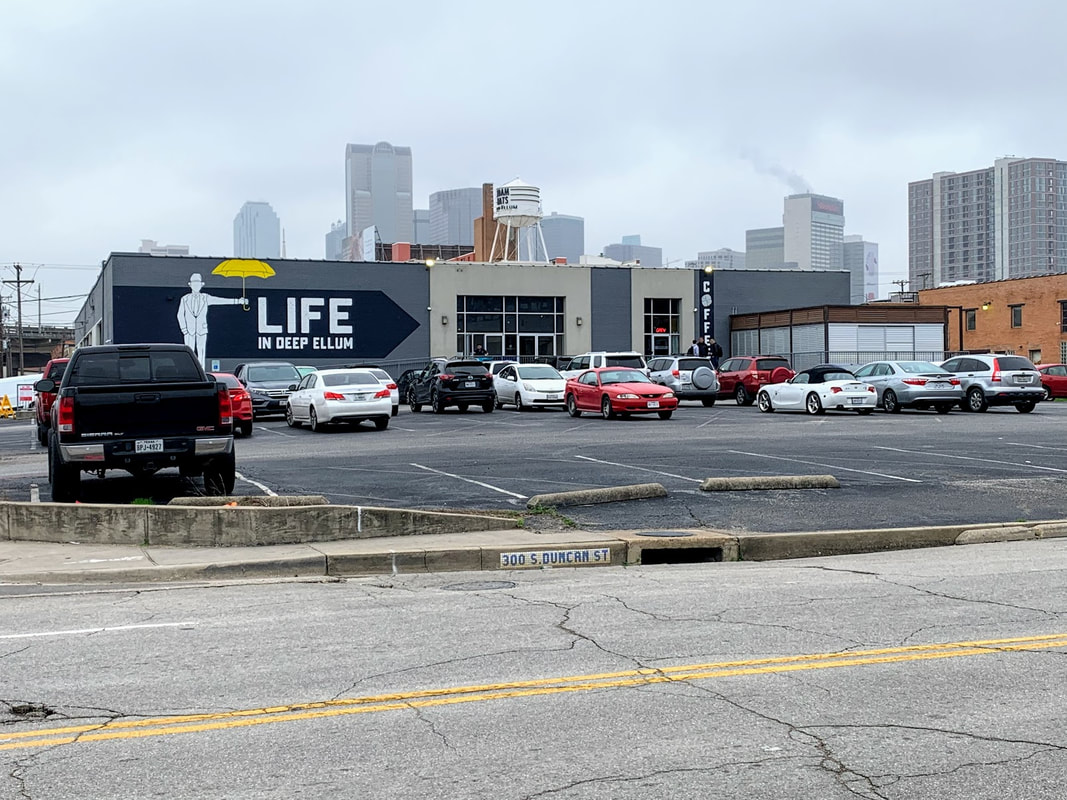We’re not looking for the buildings to be stagnant in time. It’s really about extending their life and their ability to serve new purposes.
- Jill Gotthelf, AIA
This semester, students will investigate the existing structures within our built environment and the variety of ways to update or revise them for contemporary life. The goal of this semester is twofold, to explore and understand ideas expressed through existing building types and to speculate how architecture can reflect new attitudes and actions in the ways we live today. Projects will focus on one of two central concepts:
USE: a particular service or end
INHABIT: to exist or be situated within; dwell in
In re:use projects, students will investigate the traditional or accepted function of exiting building types then update them to current standards or propose a new function for outdated buildings. In re:inhabit, existing buildings will be transformed through design to create new space, form, or means of occupation -- changing our perception of a building type or our relationship with it. Through these projects, we will connect the past to the present – adapting historic building types for new ways of life.
USE: a particular service or end
INHABIT: to exist or be situated within; dwell in
In re:use projects, students will investigate the traditional or accepted function of exiting building types then update them to current standards or propose a new function for outdated buildings. In re:inhabit, existing buildings will be transformed through design to create new space, form, or means of occupation -- changing our perception of a building type or our relationship with it. Through these projects, we will connect the past to the present – adapting historic building types for new ways of life.
The most logical thing we can do to decrease our impact on the planet is to reuse what already exists.
- Jean Carroon, FAIA
Proposed Projects
Rural Farmhouse (Re:Use)
The project begins with an abandoned house on a plot of land in rural Texas. Taken from architect Steven Holl's book, "Rural and Urban House Types", these existing homes have historical character reflective of the region. While they are considered excellent examples of an architectural type, most were built in the 19th century and require design intervention to become relevant for modern living. Challenged to respect and maintain the historic character of the house, student designs will provide an updated version of this traditional residence. New design interventions will create an innovative rural home for the 21st century living.
The project begins with an abandoned house on a plot of land in rural Texas. Taken from architect Steven Holl's book, "Rural and Urban House Types", these existing homes have historical character reflective of the region. While they are considered excellent examples of an architectural type, most were built in the 19th century and require design intervention to become relevant for modern living. Challenged to respect and maintain the historic character of the house, student designs will provide an updated version of this traditional residence. New design interventions will create an innovative rural home for the 21st century living.
|
Urban Painter's House (Re:Inhabit)
Continuing our use of Steven Holl's "Rural and Urban House Types", students will work with an existing urban house in the US region specific to that type. The client for this project will be a single individual artist who works as a painter. Students will begin the project with an architectural analysis of a painting that reflects the client's artistic style. Using this analysis as a departure point for design solutions, students will create a renovated and updated home with space to live and work. The design objective is to incorporate the space of the client’s paintings into the new house modifications, creating opportunities to "occupy" the paintings they create. |
|
Dallas Museum of Painting (Re:Inhabit)
Around the world, there are many museums dedicated to collecting and exhibiting the work of a single significant artist. However, few if any art museums exist that are focused on exploring and promoting the act of painting. Students will design an institution of this type in Dallas located in the Deep Ellum neighborhood. The starting point for the design will be the “space” of painting. Students will explore how a museum dedicated to painting can re-inhabit existing architecture to communicate important characteristics of the art, including the perception of space.
The project will be developed within an existing building in a mixed-use urban environment. The design should contain all of the necessary elements for a working public museum, educational facility, and research institute. Students will transform the existing architecture to accommodate these goals and essential functions.
Around the world, there are many museums dedicated to collecting and exhibiting the work of a single significant artist. However, few if any art museums exist that are focused on exploring and promoting the act of painting. Students will design an institution of this type in Dallas located in the Deep Ellum neighborhood. The starting point for the design will be the “space” of painting. Students will explore how a museum dedicated to painting can re-inhabit existing architecture to communicate important characteristics of the art, including the perception of space.
The project will be developed within an existing building in a mixed-use urban environment. The design should contain all of the necessary elements for a working public museum, educational facility, and research institute. Students will transform the existing architecture to accommodate these goals and essential functions.





